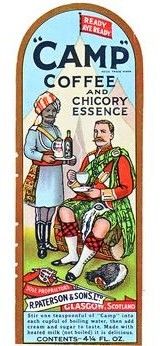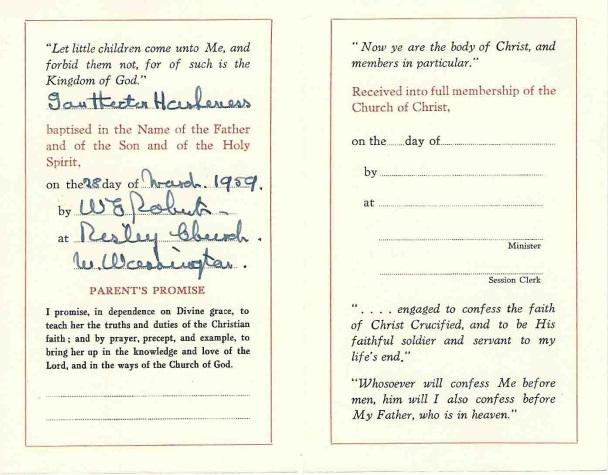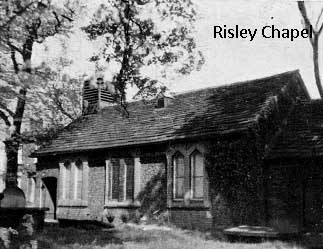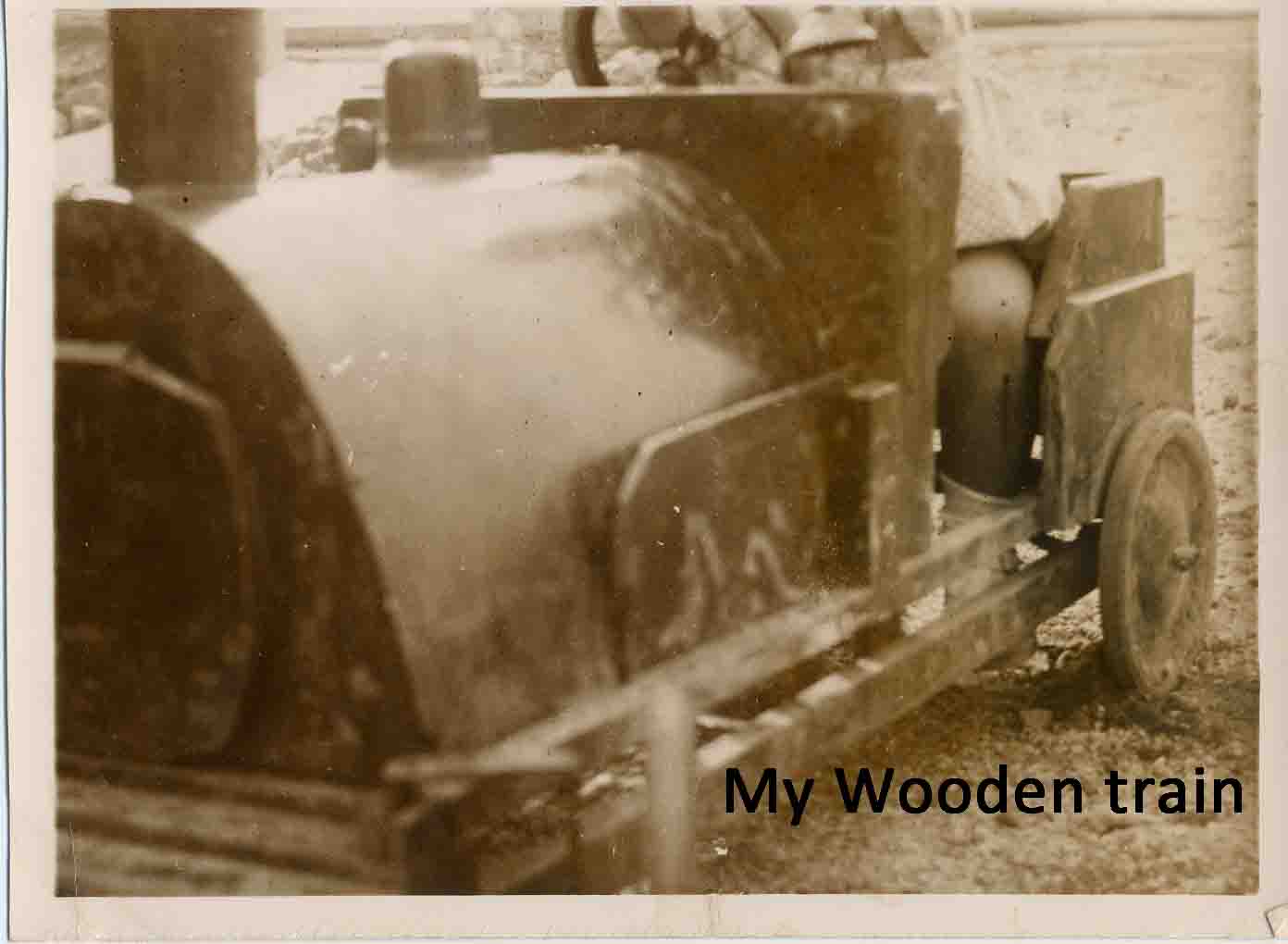As mentioned, I don’t remember an awful lot about church and Sunday school life as I was very young at the time. However, I do have a vague memory of a particular church fete; the event was a small affair held in the grounds of the church, and reflected the humble and smallness of the church and its congregation. This particular memory reminds me of church events and a lot of food and coffee trends during that time.
The Church Fete was not a gay affair with a marquee; it was not the type that one associates with scenes from British nostalgia-television series, such as Agatha Christie’s “Miss Marple”. ‘Excitement’ was provided by the church fete raffle instead! Amongst the ‘wonderful’ prizes that purchasers could win was a bottle of Camp Coffee.
Camp Coffee was an interesting coffee because it wasn’t coffee at all and was mainly composed of chicory. It is now considered anachronistic due to its politically incorrect ‘Rudyard Kiplingesque’ label. Legend has it, mainly due to the picture on the label, Camp Coffee was originally developed as an instant coffee for military use.
“Ready Aye Ready”
The label depicts a soldier of the British Raj, a seated Scottish Gordon Highlander, Major General Sir Hector MacDonald. He was being served by his servant, a Sikh soldier, holding a tray with a bottle of Camp Coffee and a jug of hot water. They are in front of a tent at the apex of which flies a flag bearing the beverage’s slogan in Scottish dialect, “Ready Aye Ready”.
In the context of that label,, the Scots word ‘aye’ means ‘always’, and indicates that this beverage was ‘always ready’ to be made. Moreover, the soldier is ‘always ready’, and his Indian Sikh servant is ‘always ready’ to serve the Scottish officer. This was controversial because “Ready Aye Ready” was also the motto of the 59th Scinde Rifles of the British Indian Army, during the Jallianwala Bagh Massacre.
“The soldiers of the 59th Scinde Rifles participated in the Jallianwala Bagh Massacre (13 April 1919). A large and peaceful crowd had gathered at the Jallianwala Bagh in Amritsar when the British Brigadier-General R. E. H. Dyer surrounded the Bagh with his soldiers. The Jallianwala Bagh could only be exited on one side, as its other three sides were enclosed by buildings.
After blocking the exit with his troops, he ordered them to shoot at the crowd. They continued firing even as protestors tried to flee. The troops kept on firing until their ammunition was exhausted killing more than 1000 people and seriously injuring over 1,200 others. The soldiers were ‘aye ready’ to murder and slaughter innocent civilians, especially if they were ‘inferior’ colonial people.”
Controversial Label
Aside from the motto, the label also had its own controversy. The label shown depicts the Sikh servant waiting on the seated Scottish office with the bottle of Camp Coffee. The bottle also contains the same label of a server carrying a tray with a bottle of Camp Coffee — and so on into infinity.
This suggests the infinite domination of the British in India and the infinite servitude of the Indians towards the British. Not to mention, the ‘eternal rule’ of the British Empire trying to emulate the 1000-year Roman Reich. Due to an attempt to achieve political correctness, the tray was removed from the picture. They wanted to avoid the idea that the Sikh was a servant. In the end, he was still shown waiting while the kilted Scottish officer sipped his ‘coffee’.
Disgusting Food Across Cultures
The British are adept at producing disgusting foods that foreigners are unable to eat. Some examples are the disgusting spread ‘Marmite’, as well as black pudding, haggis, and tripe; these disgusting fares can only be consumed by British nationals. In the same way, insects, rabid bats, and dogs can only be consumed by certain races in Asia and other regions. However, British ‘colonials’, such as the Australians, also love disgusting foods like Marmite, which I think they call ‘Vegemite’.
Yet, Britain pails in relation to other nations as regards to the consumption of ‘disgusting’ foods. The Thais and other Asians love eating insects. The average Englishman is terrified of any kind of insect. Of course, the average Englishman loves to talk about the ‘barbarism’. They perceive “inferior” nations and races as those who enjoy eating dogs, horses, monkey brains, and so on. Without going into details some popular media channels played on this idea of the barbaric eating habits of Asians; they even proposed that COVID-19 emerged from people eating horseshoe bats in southern China.
Coffee Trends
Camp Coffee clearly belongs to this ‘disgusting’ category of inedible foods. However, I can remember actually liking Camp Coffee when I was a child. I thought it became popular because of wartime rationing. However, I read somewhere that coffee wasn’t rationed probably because it was too expensive, or had a shortage. Traditionally, at least in the 1950s and 1960s, the British never liked to drink ‘real’ coffee made out of fresh beans.
It is only in recent decades that the ‘Starbucks Revolution’ has resulted in people wanting to drink coffee actually made from coffee beans. However, there was a ‘mini revolution’ in the 1950s/1960s regarding the emergence of trendy coffee bars. I can remember as a 13-year-old teenager, drinking ‘frothy coffee’ with my school-friend Pip Disney at a trendy ‘French’ coffee shop in Bolton, “The Blue Cafe”. We especially liked going there because in order to call the waiter’s attention you had to snap your fingers, something the French do at cafes.
This was intriguing to us – the idea of snapping your fingers and having an adult come running to carry out your wish. It wasn’t often in English society that a kid could feel that adults were their ‘servants’. However, instant coffee became the norm later. Although most British people still preferred a ‘cuppa’ tea. I am tempted here to wander off into another digression, that is, ‘tea’ and the American War of Independence. But I will just give the lazy reader a clue, the ‘Boston Tea Party’, and leave it up to them to research further.



